How does a hepa Filter Work?
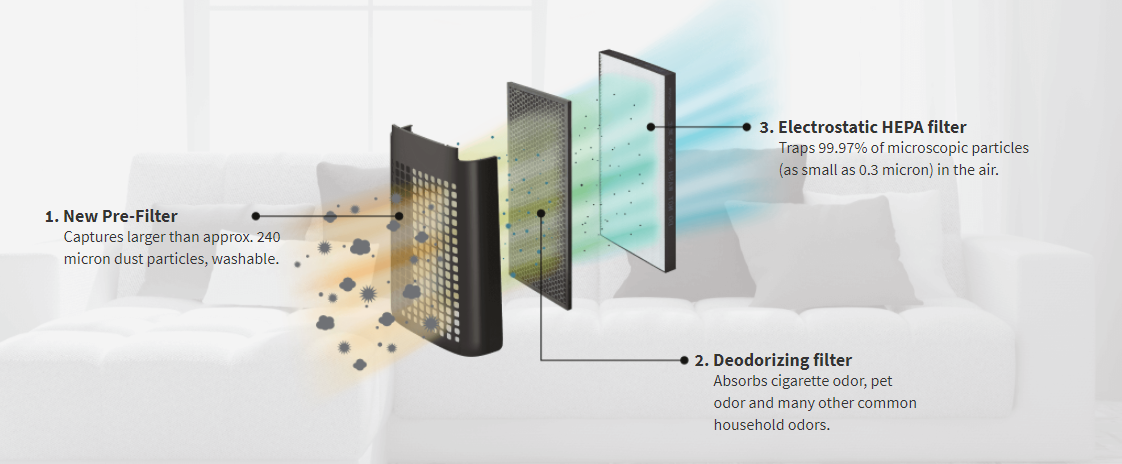
Introduction to HEPA Filtration
hepa filters, or High-Efficiency Particulate Air filters, are designed to trap airborne particles with a minimum efficiency of 99.97% for particles that are 0.3 microns in size. This capability makes them essential in environments where air quality is critical, such as hospitals, laboratories, and Cleanrooms.
Mechanisms of Particle Capture
The operation of hepa filters relies on three primary mechanisms: interception, impaction, and diFFUsion. Interception occurs when particles come into contact with the fibers of the filter and stick to them. Impaction happens when larger particles collide with the fibers due to their inertia, preventing them from passing through. Diffusion is the process that affects smaller particles, which are influenced by Brownian motion, making them more likely to collide with the filter fibers.
Performance Standards
To qualify as a HEPA filter, it must pass rigorous testing according to international standards such as EN 1822 in Europe and ASHRAE 52.2 in the United States. These standards ensure that HEPA filters maintain a minimum efficiency of 99.97% for particles at 0.3 microns, which is critical for effective air purification in sensitive environments.
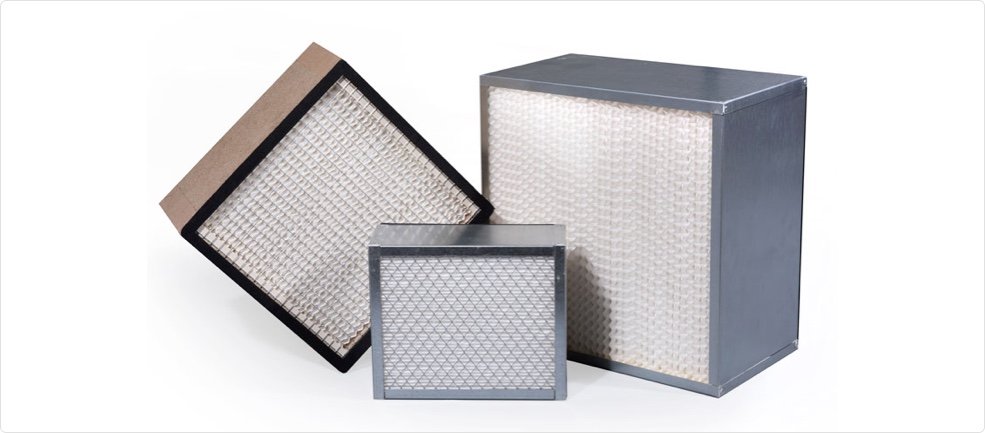
Filter Construction and Design
HEPA filters are constructed from a mat of randomly arranged fibers, typically made from fiberglass or synthetic materials. The fiber diameter usually ranges from 0.5 to 2.0 microns, allowing for the optimal balance between air flow resistance and filtration efficiency. The thickness of the filter can vary, with many HEPA filters being 1-5 inches thick, ensuring a larger surface area for particle capture without significantly impeding airflow.
Airflow and Pressure Drop
While HEPA filters are highly efficient, they can create pressure drops in air systems. Typical pressure drops across a HEPA filter can range from 0.5 to 1.5 inches of water column at standard airflow rates. This pressure drop must be considered in system design to ensure that HVAC systems can maintain adequate airflow while achieving effective filtration.
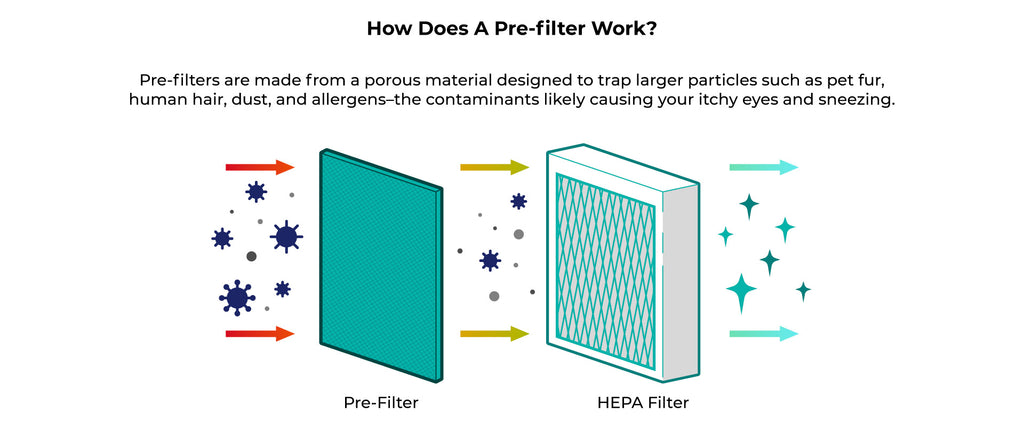
Maintenance and Lifespan
The lifespan of a HEPA filter is generally between 6 months to 3 years, depending on usage and environmental conditions. Regular maintenance, including monitoring pressure drops and replacing filters as needed, is crucial to ensure optimal performance and air quality.
What does a HEPA filter remove from the air?
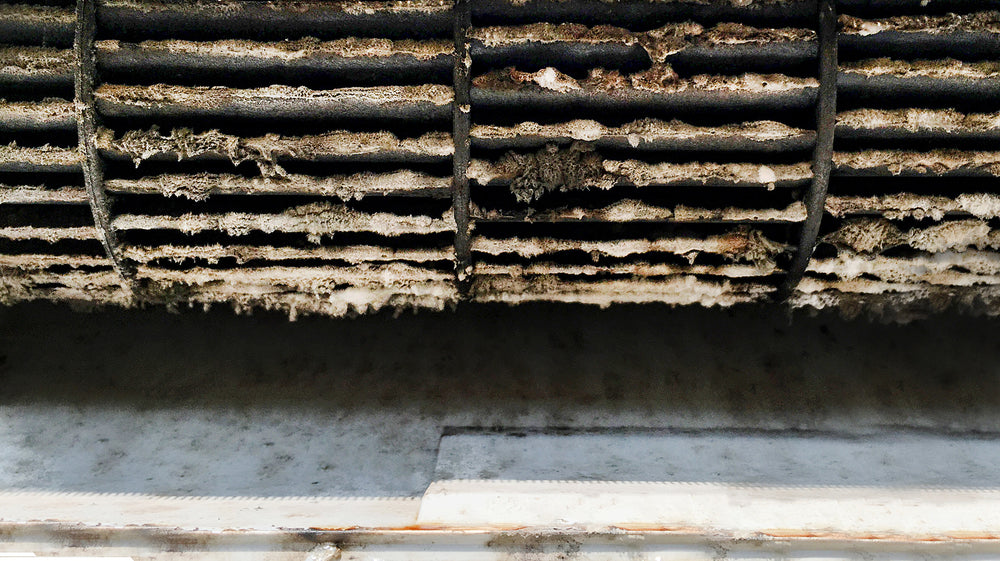
1. Particulate Matter
HEPA filters are designed to capture a wide range of airborne particles, including dust, pollen, pet dander, and mold spores. They can trap particles as small as 0.3 microns with an efficiency of 99.97%. This makes them highly effective for improving indoor air quality, especially for individuals with allergies or respiratory issues.
2. Microorganisms
In addition to larger particles, HEPA filters can also remove certain bacteria and viruses from the air. This capability is crucial in environments such as hospitals and laboratories, where maintaining a sterile atmosphere is essential for health and safety.
3. Chemical Pollutants
While HEPA filters excel at capturing particulate matter, they are not designed to remove gases or odors. For comprehensive air purification, it is often recommended to use HEPA filters in conjunction with activated carbon filters, which can adsorb volatile organic compounds (VOCs) and other chemical pollutants, ensuring cleaner and fresher air.
Does a HEPA filter remove odor?
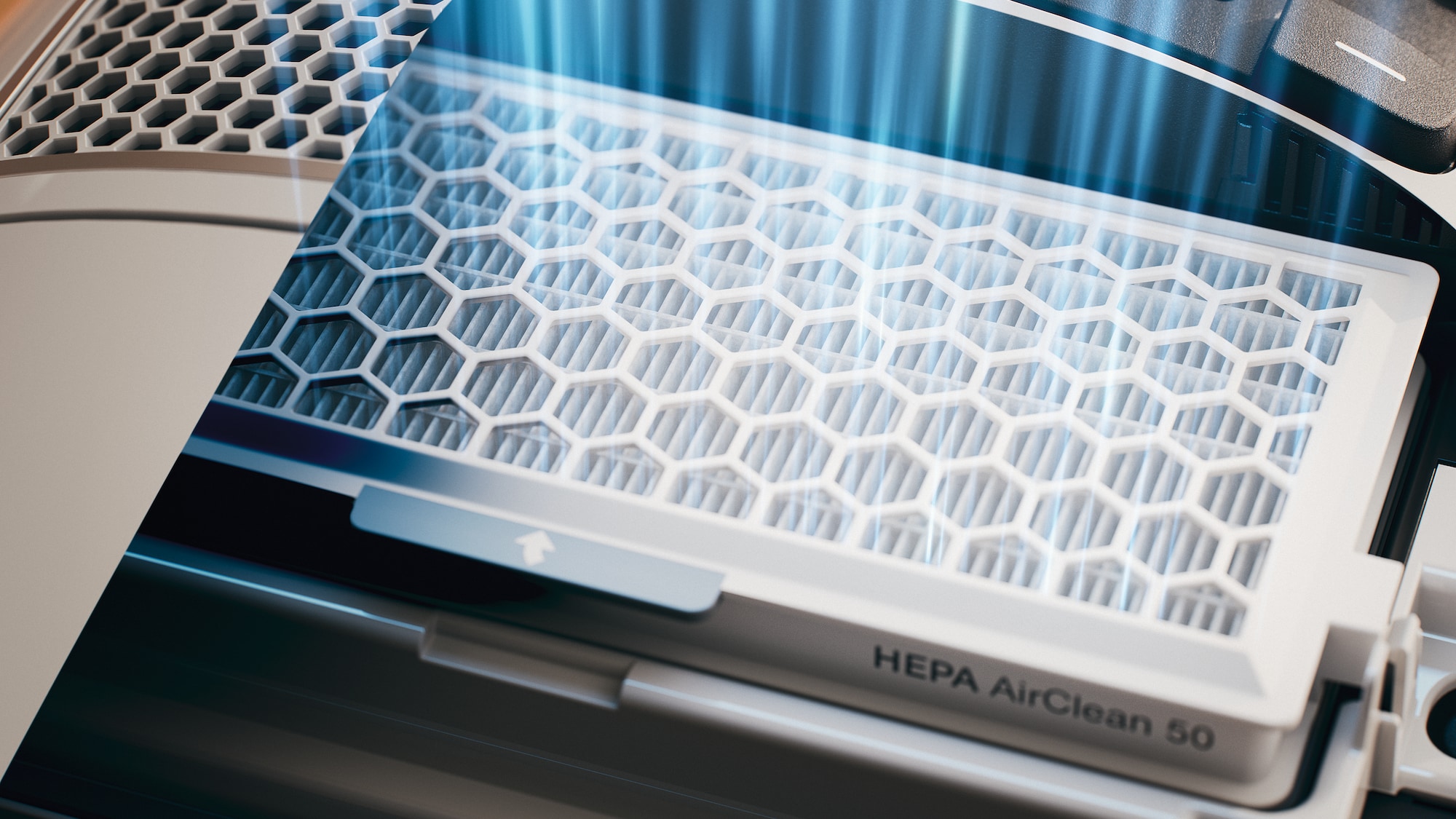
Odor Removal
HEPA filters do not effectively remove odors, as they primarily target solid particles. To eliminate unpleasant smells, additional filtration methods, such as activated carbon filters, are necessary. These filters can absorb and neutralize various odors, providing a more complete air purification solution.
Additional Filtration
For optimal air quality, combining HEPA filters with other technologies can enhance overall effectiveness in removing both particles and odors.
What is the principle of HEPA?
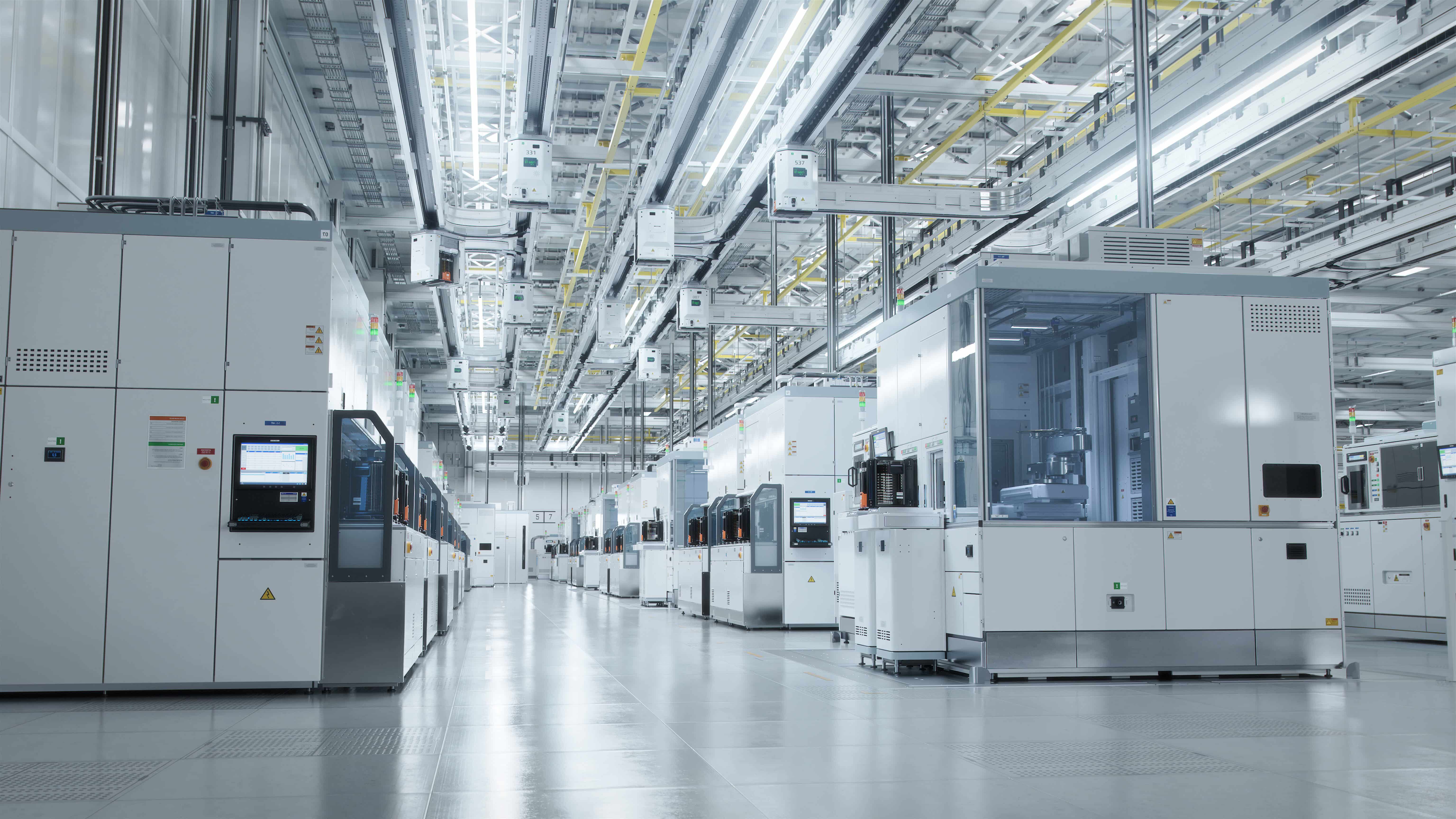
1. Filtration Mechanism:HEPA filters operate on the principle of mechanical filtration. Air is forced through a dense mat of fibers, which trap particles through various mechanisms, including interception, inertial impaction, and diffusion. This multi-faceted approach ensures high efficiency in capturing airborne contaminants.
2. Efficiency Standards:To qualify as a HEPA filter, it must meet specific standards set by organizations such as the U.S. Department of Energy (DOE), which requires a minimum efficiency of 99.97% for particles of 0.3 microns in size. This rigorous standard ensures that HEPA filters provide reliable air purification.
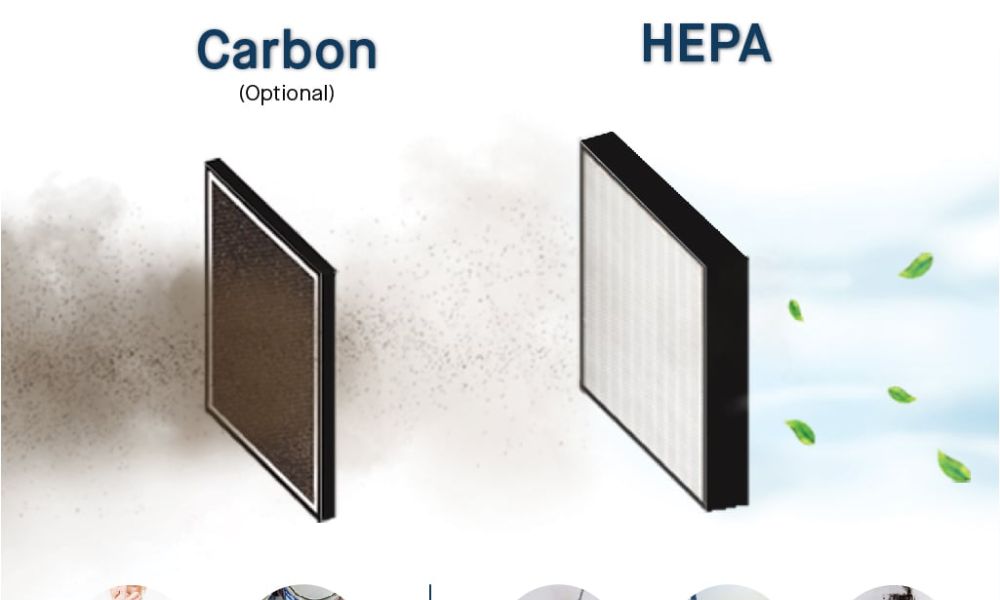
3. Applications:HEPA filters are widely used in various applications, including residential air purifiers, commercial HVAC systems, and medical facilities. Their ability to significantly reduce airborne pollutants makes them essential for maintaining healthy indoor environments, particularly for vulnerable populations.
4. Maintenance Considerations:While HEPA filters are highly effective, they require regular replacement to maintain their performance. Users should follow manufacturer guidelines for replacement intervals to ensure optimal air quality and filter efficiency.
Can a HEPA filter be washed?
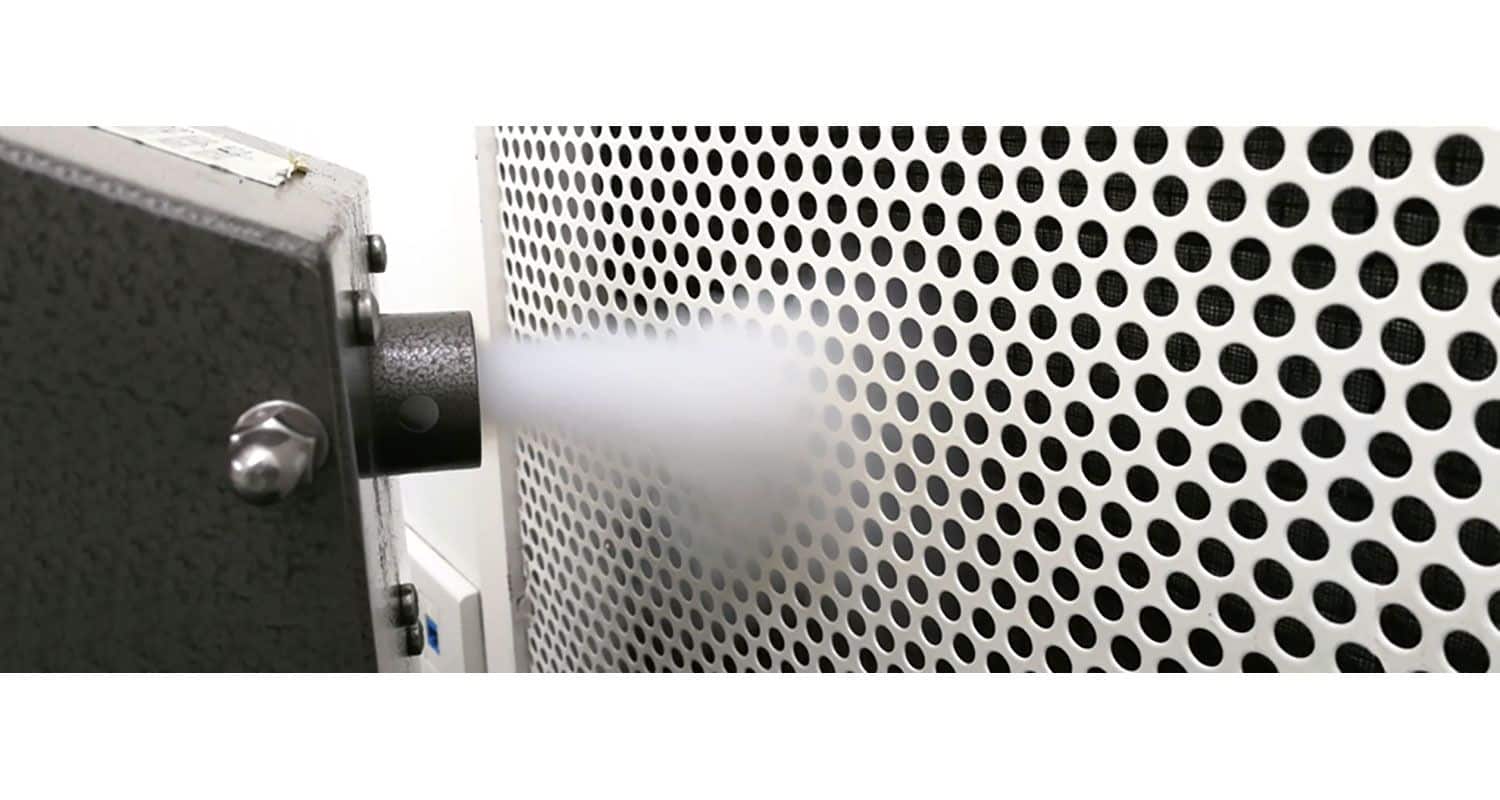
HEPA filters are generally not designed to be washed or reused. Washing can damage the filter media and reduce its effectiveness in capturing particles. Instead, it is recommended to replace HEPA filters according to the manufacturer's instructions, typically every 6 to 12 months, depending on usage and air quality conditions. Regular replacement ensures that the filter continues to perform at its best, providing clean and healthy air for your environment.
 +86 18186671616
+86 18186671616 Jason@cleanroomequips.com
Jason@cleanroomequips.com
 MENU
MENU


